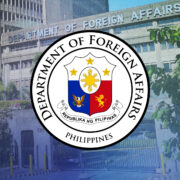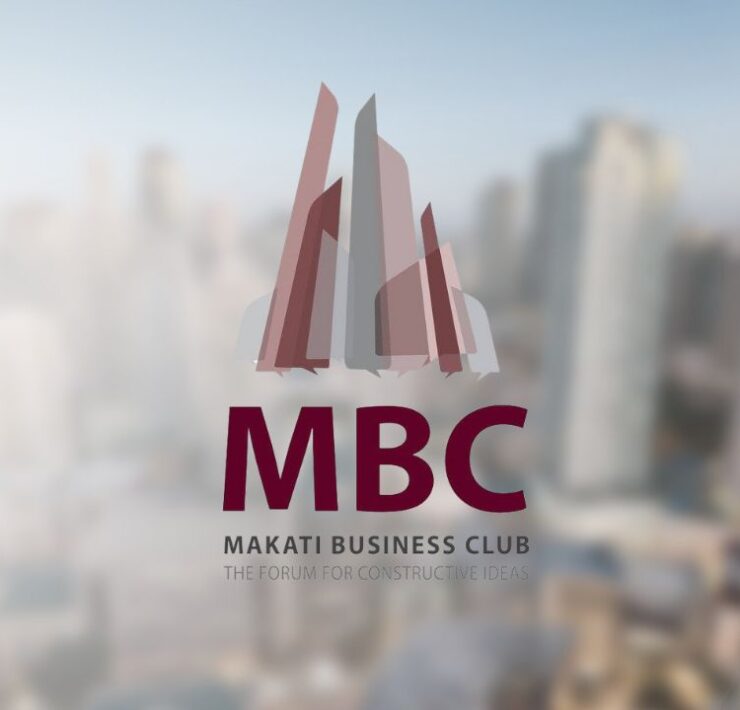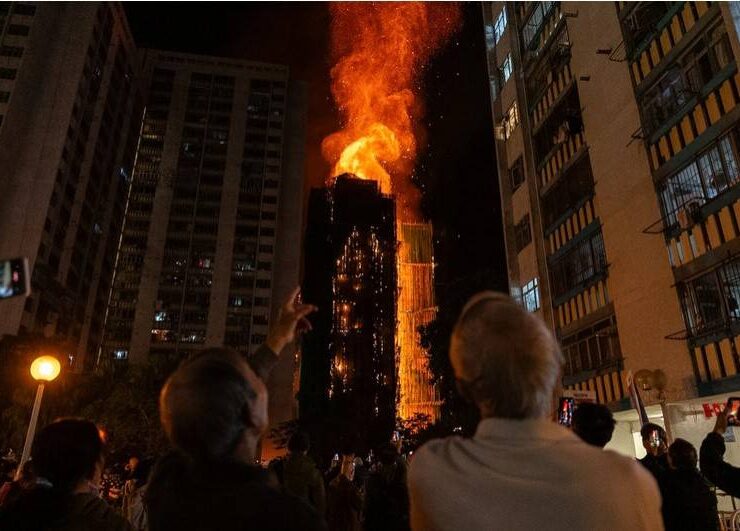PH real estate 2025: Poised for growth amid shifting dynamics
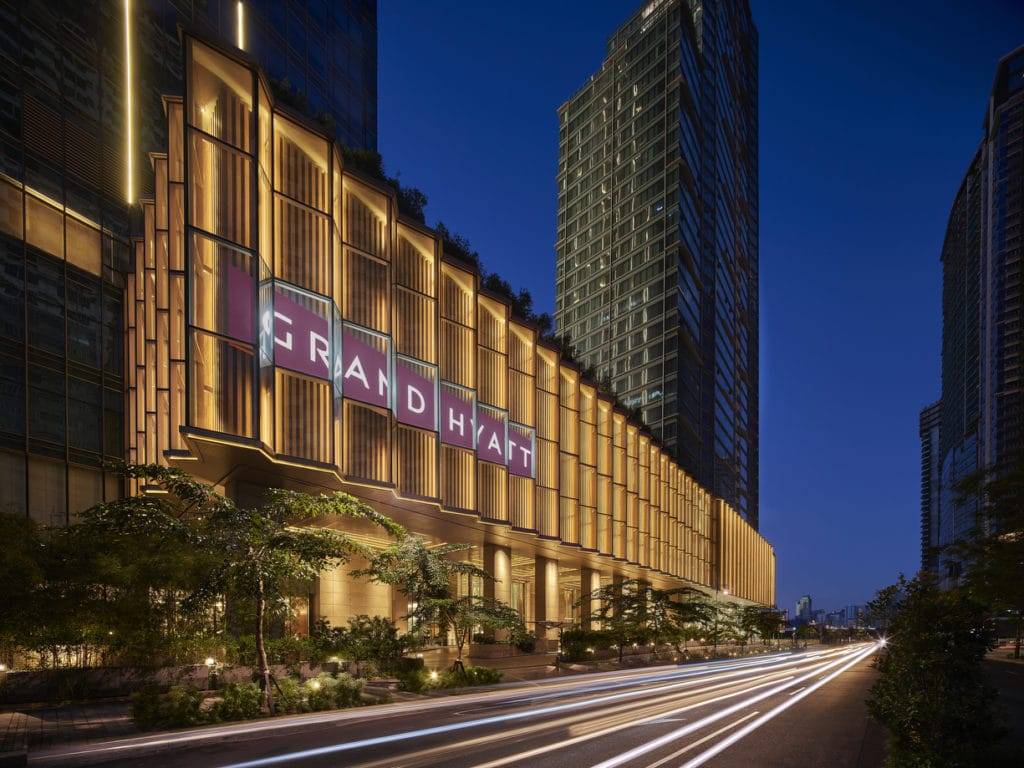
Cautious recovery, innovation, and resilience are expected to define the Philippine real estate landscape in 2025.
Developers are seen to continue recalibrating to meet shifting demands with suburban townships and sustainable horizontal developments, while unsold Metro Manila condominium inventories will likely temper new launches. The industrial and logistics sectors, buoyed by the e-commerce boom and decentralization, is seen to maintain their resilience.
As environmental, social, and governance (ESG) compliance gains traction among global occupiers, the demand for green-certified buildings is projected to rise. Meanwhile, the hospitality sector anticipates a resurgence, driven by increased tourism and foreign investments in hotels and resorts. Infrastructure expansion, a growing middle class, and technological advancements present additional opportunities for the sector to grow.
The path forward, however, is far from unencumbered.
Geopolitical tensions, the Philippine offshore gaming operators’ (POGO) exodus and its impact on the office and residential markets, as well as the persistently high interest rates continue to cast a shadow of uncertainty on the industry, testing market resilience, investor sentiment and even consumer confidence. Mitigating or at least navigating these headwinds will demand a combination of agility and innovation on the part of property developers.
To provide a clearer picture of the road ahead, Inquirer Property asked industry experts for their fearless forecasts and insights as to how the sector will continue to evolve to meet the changing demands of a dynamic market amid a steadily recovering economy. Here’s what they have to say.
Opportunities arise amid continuing recovery

Richard Raymundo
Managing director, Colliers Philippines
My ranking for sectors that will perform well in 2025 are retail, hotel, residential, and office.
Retail
There will be a focus on experiential retail and special products and services. Brands that will do well are those that offer unique curation and offering. We also expect malls to integrate more immersive spaces. Fantasy World, the Philippines’ largest amusement park, recently opened in a 3,000-sqm space in SM Fairview. Space & Time Cube+ opened in S Maison, and Science XPidition, in Ayala Malls Manila Bay.
In terms of physical mall space absorption, we are now seeing the impact of Retail Trade Liberalization Law. Colliers expects the entry of more anchor tenants and foreign retailers, particularly in major regional and super-regional malls across the capital region.
Hotel
Visitor arrivals are seen to surpass 7 million this year. By 2028, this is expected to increase to 12 million, based on the targets of the Department of Tourism. This should entice developers to build more homegrown brands or form partnerships with foreign operators in constructing more accommodation facilities especially in emerging tourist destinations.
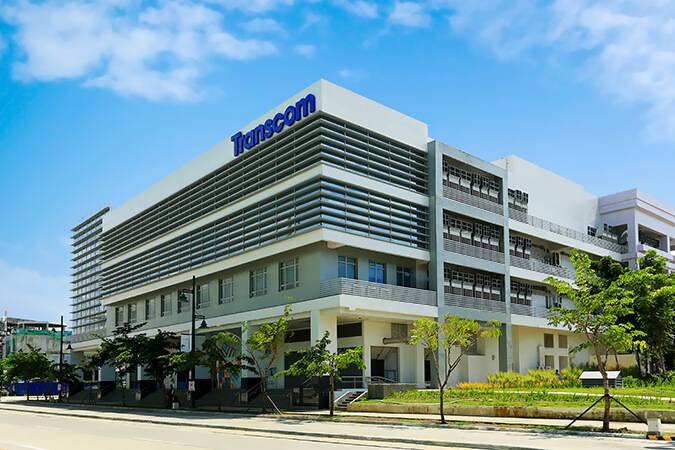
Colliers believes that now is an opportune time for foreign brands to expand their presence in the Philippines. Developers should also be on the lookout for upcoming convention centers and soon-to-be modernized airports outside the capital region for their hotel expansion plans.
Residential
Colliers believes that the substantial amount of unsold pre-selling and ready-for-occupancy (RFO) units—at 75,300 units as of Q3 2024—is constricting developers to launch new condominium projects in the capital region/ It will take about 5.8 years to fully sell out all these condominium units.
Of the 75,300 remaining inventory, 27,200 are RFOs valued at P154.4 billion. The lower to upper mid-income segments (P3.6 million to P12 million) accounted for 57 percent of remaining RFO inventory in Metro Manila as of Q3 2024.
Developers would also continue the shift to suburbia with lots, and house-and-lot projects in Calabarzon, Central Luzon, Central Visayas, Western Visayas, and Davao region. H&L projects in these property hotspots recorded an average annual price increase of 4 percent to 7 percent from 2016 to 2023 while lot-only developments recorded stronger price appreciation of 7 to and 15 percent yearly.
Office
While there’s a record high vacancy given the POGO exodus, Makati CBD, Fort Bonifacio and Ortigas Center are faring better and are likely to recover faster. In 2024, we project overall vacancy to rise to a record high 20.5 percent. We are likely to see sustained office space demand in Pampanga, Cebu, Davao, Bacolod, Iloilo, and Davao.
Headwinds and tailwinds
Current headwinds would include elevated vacancies from POGO space, at around 160,000 sqm; and the supply overhang of residential condominiums both pre-selling and ready-for-occupancy (RFO) units, estimated at 75,000 units in Metro Manila. Let us not forget geopolitical uncertainties that can have adverse impacts on the property market.
On the upside, tailwinds could come from easing mortgage rates. We also see opportunities in developments outside of Metro Manila as developers have expanded their reach. Product types have also been diversified with offerings in the horizontal market. This has been differentiated with leisure themes of golf, mountainside or beachside resort living.
Demand for green developments
In 9M 2024, Colliers recorded 293,900 sqm of office space transacted in green buildings with LEED, EDGE, WELL and BERDE certifications or pre-certifications. Given the heightened importance of sustainability in occupiers’ requirements, landlords are encouraged to infuse green features into their portfolio.
From 2025 to 2027, we project green buildings to account for 61 percent of the new supply or 722,000 sqm out of the 1.2 million sqm of new office space in the Metro Manila pipeline. Colliers recommends that developers consider integrating green technologies and sustainable features in their upcoming projects.
Empowering communities
Developers should be looking at projects that are sustainable and feasible not just from a financial point of view.
Consider the following: affordability (priced well and value for money), livability (designed well and integrated with transportation and support amenities and facilities), sustainability; and climate resiliency to community placemaking.
Empowering all property stakeholders is crucial especially as we all prepare for the eventual recovery of the Philippine property market.
E-commerce, tourism, sustained demand to boost momentum in 2025

Joey Radovan
Country head, JLL Philippines
The Philippine real estate market is poised for growth in 2025, driven by urbanization, e-commerce, tourism recovery, and evolving work models. Key opportunities lie across multiple sectors.
Residential
Affordable and mid-market housing in secondary cities like Pampanga, Cebu and Davao will see strong demand, fueled by a growing middle class and infrastructure improvements. Developers should prioritize sustainable and affordable projects.
Office
The hybrid work model and the expansion of the BPO sector will sustain demand for adaptive office spaces, particularly in secondary cities. Flexible office designs will cater to evolving workplace needs.
Retail
Postpandemic spending and the integration of e-commerce with physical retail will revive the sector. Experiential shopping and tech-enabled retail strategies will attract consumers.
Hospitality
Continued tourism recovery will boost demand for hotels and resorts in several destinations like Cebu, Clark, Bohol, Palawan and Siargao to name a few. Sustainable, eco-friendly accommodations will appeal to environmentally conscious travelers.
Industrial
The e-commerce boom and manufacturing expansion will drive demand for logistics hubs and industrial parks. Modern facilities near urban centers and economic zones will thrive with Luzon leading the way in connecting all these industrial zones.
Strategy
Stakeholders should diversify investments, embrace technology, prioritize sustainability, and monitor regulatory changes. By aligning with these trends, they can capitalize on opportunities and drive sustainable growth in a dynamic real estate landscape.
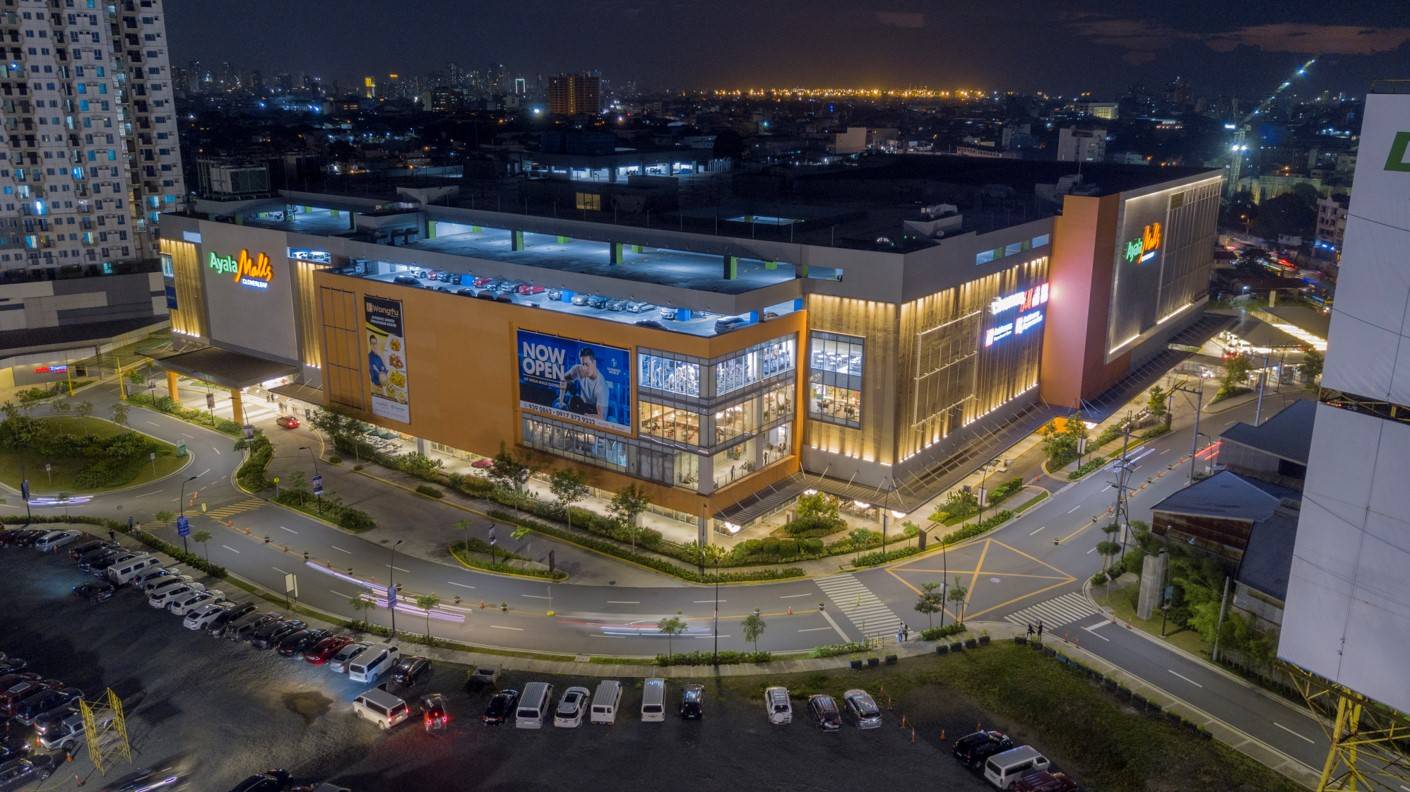
Headwinds and tailwinds
In 2025, the Philippine real estate market faces both challenges and opportunities
Key headwinds include high interest rates, which may dampen demand for residential and commercial developments, and geopolitical concerns, particularly in the South China Sea, could impact investor confidence. Diversifying investment portfolios and focusing on domestic opportunities can help reduce risks.
Conversely, strong tailwinds provide significant growth potential.
The government should continue on its commitment to major infrastructure developments under its “Build Better More” program to enhance connectivity, which in turn can boost property values. Better tax reforms and eased restrictions on foreign investments on select sectors can attract capital and stimulate growth. Finally, the adoption of artificial intelligence, proptech and smart home technologies will help enhance operational efficiency and improve consumer appeal.
A balanced approach will ensure resilience and profitability in 2025 and beyond.
Demand for green developments
Demand for sustainable and green developments in the Philippines is growing, driven by heightened environmental awareness, corporate sustainability commitments, and supportive policies. Businesses increasingly seek eco-friendly properties to align with net-zero targets, while individuals prefer developments with better indoor air quality and sustainable materials.
Developers are actively integrating ESG (environmental, social, governance) principles through green building certifications like LEED, BERDE, EDGE, and WELL; energy efficient features and eco-friendly materials; sustainable design and construction; as well as affordable green housing. Partnerships, such as the Asian Development Bank’s collaboration with Lhoopa, are making sustainable housing accessible to low-income families.
By embedding ESG principles across the life cycle of projects, developers not only meet rising market demand but also contribute to environmental preservation and improved quality of life, ensuring long-term sustainability and market competitiveness.
Empowering communities
Real estate developers can significantly bridge social and economic gaps and empower communities by adopting community-centric approaches.
Developers can build affordable homes for low- and middle-income families through partnerships with government and non-profits. Programs like rent-to-own schemes and affordable green housing ensure accessibility while promoting sustainable living. Transit-oriented developments (TODs) like Vertis North enhance access to jobs and services while reducing commute times and transportation costs, while sustainable practices can meanwhile create resilient, eco-conscious communities.
By prioritizing affordability, accessibility, and sustainability, real estate developers can empower communities, promote equity, and contribute meaningfully to empowering communities and bridging societal and economic divides.
From data centers to tourism, growth opportunities shape 2025 outlook

David Leechiu
CEO, Leechiu Property Consultants Inc.
For 2025, I believe the infrastructure-led expansion of Metro Manila to the northern and southern edges will be sustained. The connectivity afforded by the roads and railways allows employees to commute to places of work with convenience.
Residential
Townships now offer better quality spaces for residential and office needs. Residential projects in townships will continue to attract buyers with city-like facilities and amenities in a safe, secure and less congested masterplanned environment. In Metro Manila, we will likely see less new launches of residential condominiums given high inventory levels.
Office
The office sector will see more companies adopting the regular onsite-office or return-to-office mode. However, we will also see the normalizing of the hybrid work set-up of either a partial work-from-home or work-near-home. What will be prevalent are the flexible arrangements that cater to employee well-being and added productivity.
The flight-to-quality phenomenon will be a continuing trend. Older buildings will need to either be renovated or redeveloped by stakeholders to attract locators.
Industrial
There is also strong demand for industrial sector, both in manufacturing and logistics. Rising prices of land, utilities and labor continue to push locators outside Metro Manila. With the recent global trend of relocating manufacturing facilities outside China. the Philippine government and local developers can make a concerted effort to attract these manufacturers.
Data center
As we barrel towards the age of AI, data center demand will continue to grow. The Philippines has the distinct advantage of being allied with the United States and can attract the requirements of western companies.
Tourism
While the country will not be hitting target arrivals this year, new international routes should bring more arrivals from Hong Kong, Singapore, and Bangkok starting next year. Stakeholders need to invest in more hotel and resort projects to accommodate increasing arrivals.
Headwinds and tailwinds
Recent policy rate cuts bode well for the economy. But uncertainty due to geopolitical concerns, including our relationship with China and Trump 2.0 may dampen economic growth.
Trump’s plans on tightening immigration policies can drive repatriation, affecting remittances. Additional tariffs can hurt the export industry. His “America First” policy can affect the BPO sector. However, there will likely be resistance from business groups as the cost advantage of offshoring will be too attractive to ignore. What should be promoted is the improvement of our BPO workers through education and upskilling.
Natural disaster risk is a major consideration for most investors. This year, we were battered by several major weather disturbances which caused flooding and landslides. Developing and implementing regulations for more robust designs and programs for real estate projects is a must.
Among the potential tailwinds, I see digital transformation as an area where we can see substantial improvement in efficiencies. The continuous digitization and streamlining of processes in real estate will be a boon for both the builder and the end user.
The focus of the current administration to continue infrastructure development will open up more locations for development. We will see fast growth in areas opened up by new airports or new highways, especially those ideal for tourism development. Tourism is a low lying fruit and can have high impact and tremendous growth potential.
Demand for green developments
Improvements in design to benefit the well-being of people, the community and the environment in general should be advocated.
For majority of the residential market, primarily those in the middle and low income segments, affordability remains a priority. Buyers will then look at the location, surrounding community, accessibility, and a better lifestyle.
For the office market, occupiers that have ESG initiatives look for sustainable and green building ratings in properties, especially those that give them significant operational cost savings. Most western companies now require compliance to certain ESG criteria for choosing spaces.
Empowering communities
Developers have the capacity to shape communities. They can work together with government to address the housing backlog. Affordable housing near places of work, worship, leisure and education have efficiencies not only in monetary terms due to savings in transportation costs, but also in time lost traveling and thus creating a better quality of life for our citizens.
Strong economic foundations to drive growth in 2025

Sheila Lobien
CEO, Lobien Realty Group Inc.
Industrial
The industrial submarket will sustain its high performance and growth, with vacancy rate at 8 to 10 percent. The growth in e-commerce, projected at $20 billion in 2023, will reach $33 billion in 2027, while e-commerce users will reach 15 million in 2025 and will double to 32 million in 2029, ensuring that the underlying factors of growth for this submarket will continue to be dependable and durable.
Hotels
The hospitality market is expected to register significant recovery as the number of tourist arrivals of 7.7 million in 2024 will grow to 8.3 million in 2025 and reach 9.4 million in 2028. The current 336,000 hotel rooms across the country will need to grow to 456,000 rooms by 2028 to accommodate the growth in demand.
Office
The office space market will continue to rely on the IT BPM industry’s performance to push the 19 percent vacancy rate down to more manageable levels. Hopefully, the IT BPM industry can create 160,000 new jobs annually over the next four years to hasten the office submarket’s recovery. The slow global economic recovery as a result of high inflation and geopolitical tensions, work-from-home arrangements, and the exit of POGOs resulted in high vacancy rate.
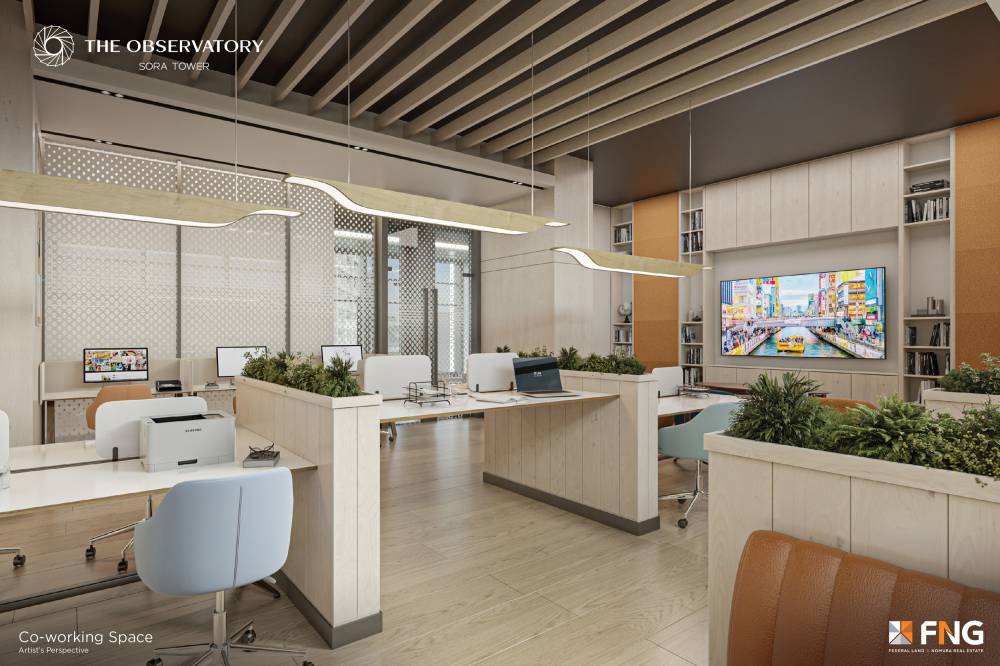
As the global and local economy continues to recover, this submarket is expected to recover as well as traditional companies start to recover and expand.
Residential. The higher-for-longer interest rate, which currently stands at 6 percent, will have to be lowered further to re-ignite residential take-up. The exit of POGOs and the 20 percent vacancy rate in the condominium submarket will require some softening in prices and more attractive payment terms to push the excess inventory. Stable growth in OFW remittances, projected by the World Bank to hit $40 billion in 2024, will continue to support this submarket.
Retail
The retail market will mostly rely on the growth in residential, office and hospitality markets and the growth in household consumption, which is expected to hit 6.2 percent in 2024 and 5.9 percent in 2025.
Headwinds and tailwinds
The higher-for-longer interest rate of 6 percent needs to go down further to be close to pre-pandemic levels. Geopolitical conflicts will impact global economic growth and will pose threats to inflation, international trade, and supply chain structures.
For the tailwinds, the Philippines is quite fortunate to have a resilient economy that posts an annual growth of at least 6 percent. This benefits the real estate industry. Government spending on infrastructure, especially on road networks, continues to provide residential and township locations for developers. Finally, the positive forecast for the IT BPM and OFW remittances will continue to support the office and residential submarkets in the next several years.
Demand for green developments
The Philippines is not new to green developments as it currently holds 423 LEED certifications and registrations with 42 LEED Platinum and Gold-certified buildings.
Commercially, many global companies looking for office space require green buildings as part of their ESG compliance and for the Philippine office space market to be competitive, this requirement needs to be addressed to stay competitive.
Empowering communities
Real estate developers can help empower more communities by identifying growth areas outside Metro Manila.
Provincial locations that have access to a reliable and convenient road infrastructure with sufficient and capable labor supply deserve to have high quality, disaster-resistant townships and residential communities to help democratize economic opportunities across the country. The current concentration of gross regional domestic product (GRDP) in the NCR, which stands at 41 percent as of 2023, needs to be addressed.
Nearby regions, as well as some areas in Visayas and Mindanao, can host the next sustainable cities, townships and residential communities.
Currently, we are already going in the right direction as 60 percent of the township developments in the country are outside Metro Manila. Government help, through necessary fiscal support and infrastructure, will make these developments sustainable and successful.












